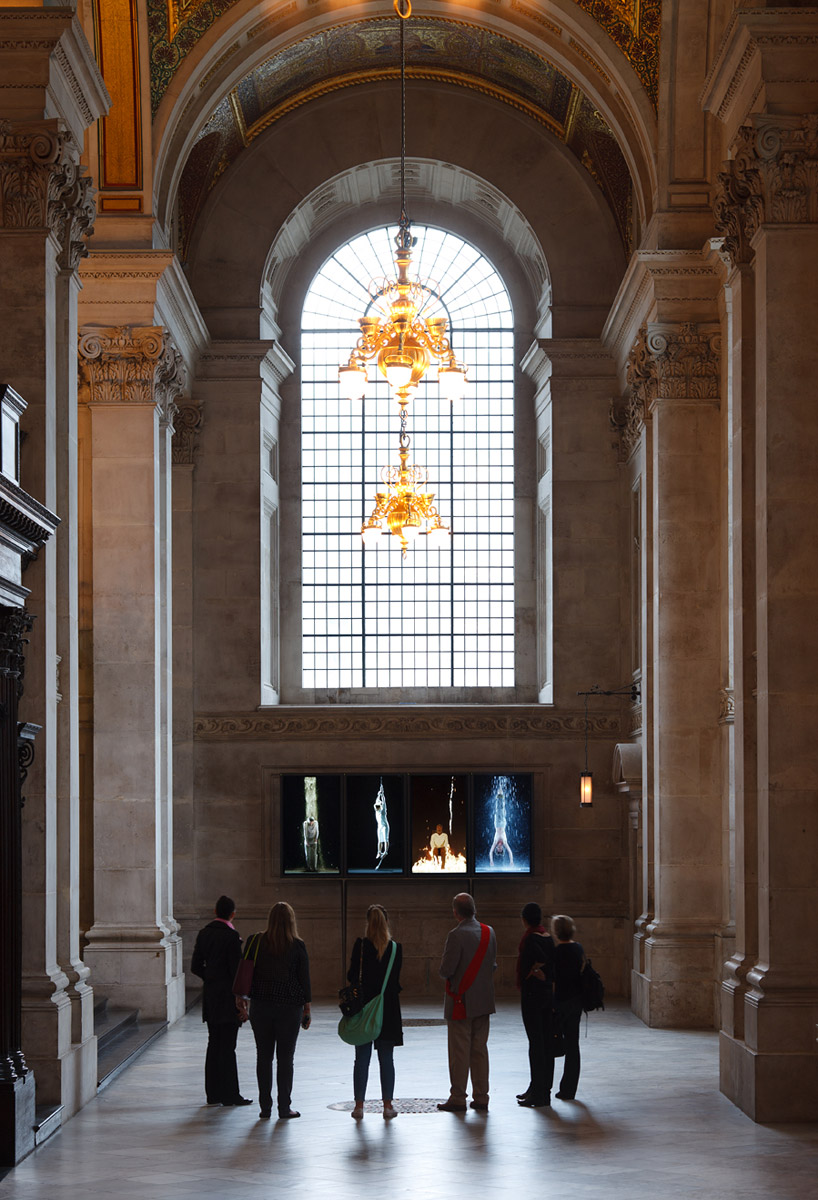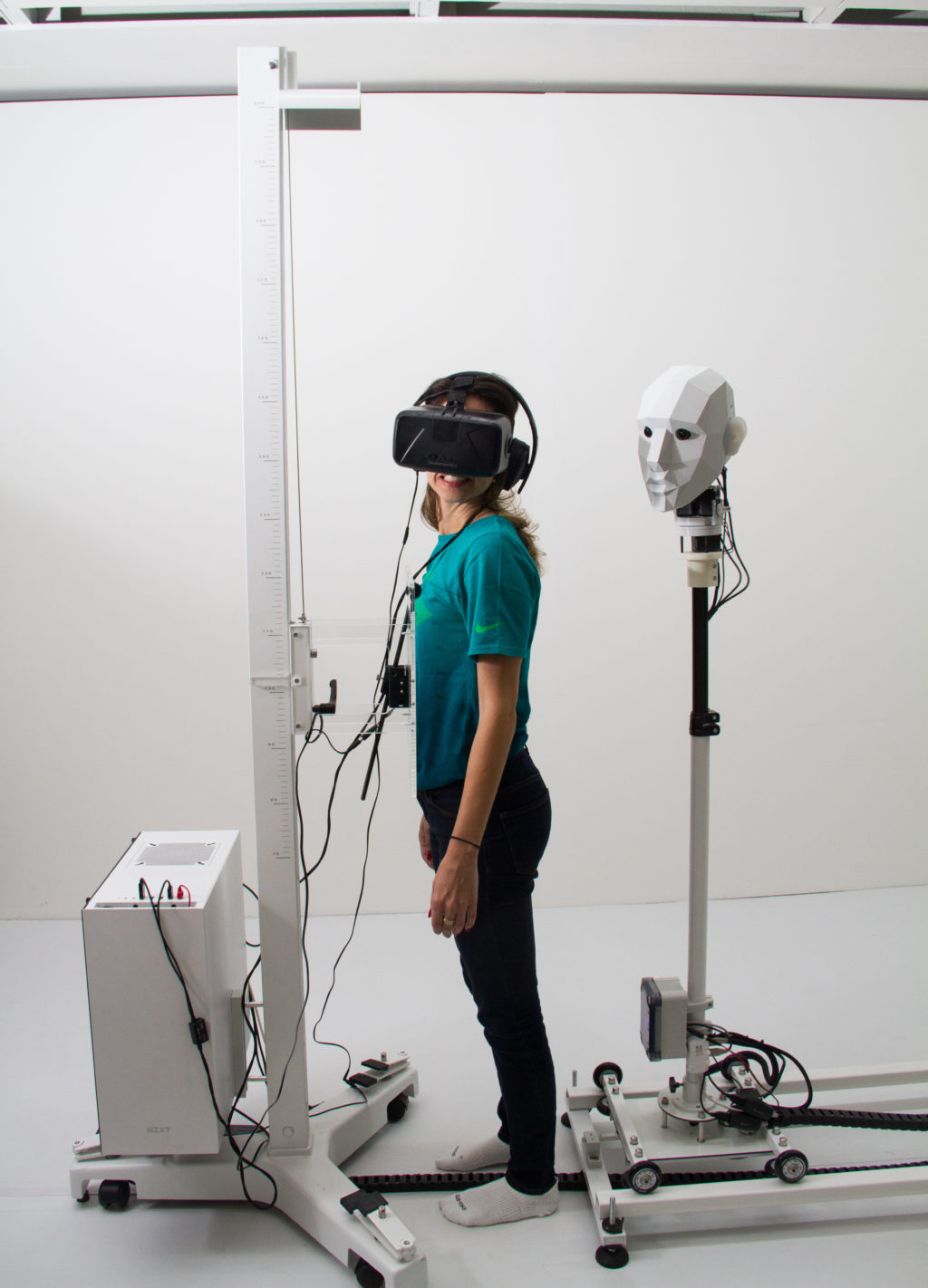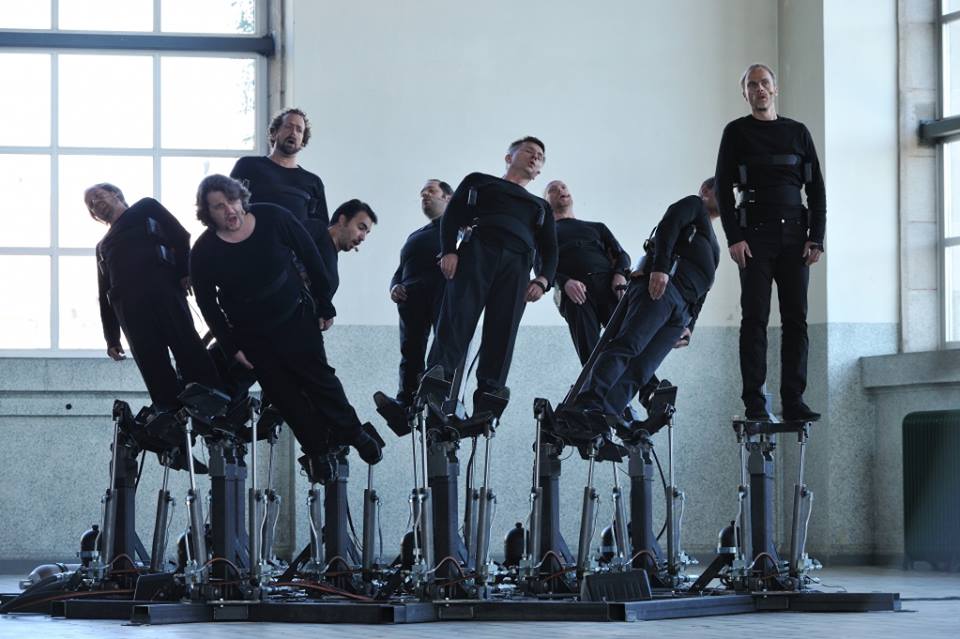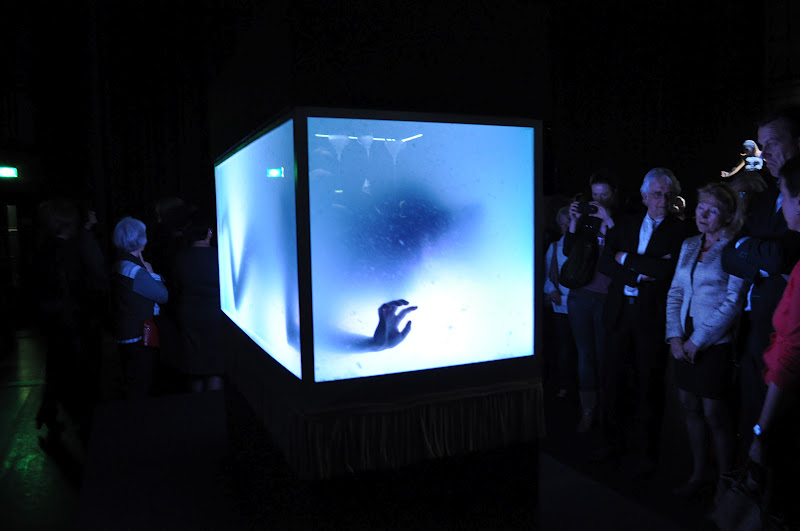
Frei Otto
Flexible Column
“Frei Otto “hesitates to pursue a project unless he is certain that its realization will be temporary enough to not be in man’s way.”
This position indicates a polite anarchism through death. A delicate rebellion against the monumental architectural quest.” Helen Levin
.
„Frei Otto „zögert, ein Projekt zu verfolgen, es sei denn, er ist sich sicher, dass seine Realisierung nur vorübergehend genug ist, um dem Menschen nicht im Weg zu stehen.“ Diese Position weist auf einen höflichen Anarchismus durch den Tod hin. Eine zarte Rebellion gegen die monumentale architektonische Suche.” Helen Levin
.
«Фрей Отто« не решается продолжать проект, если не уверен, что его реализация будет достаточно временной, чтобы не мешать человеку ». Эта позиция указывает на вежливый анархизм через смерть. Тонкое восстание против монументального архитектурного поиска ». Елена Левин























